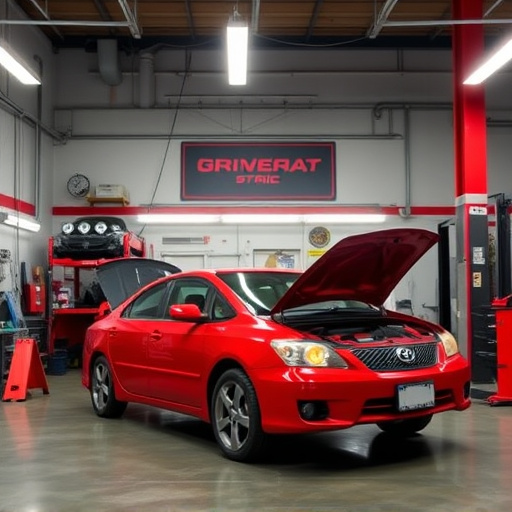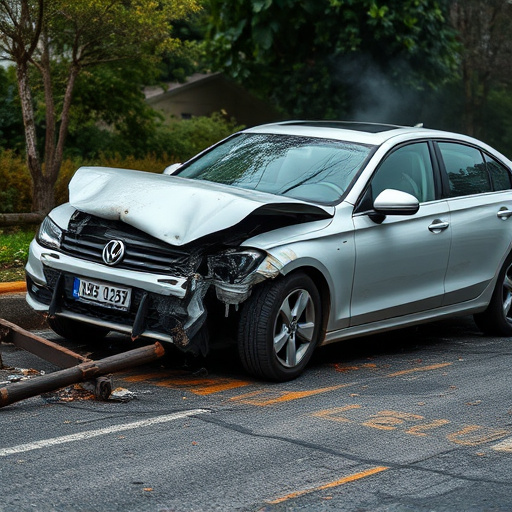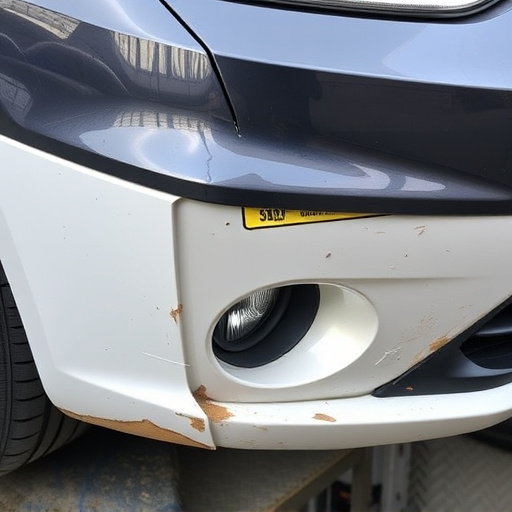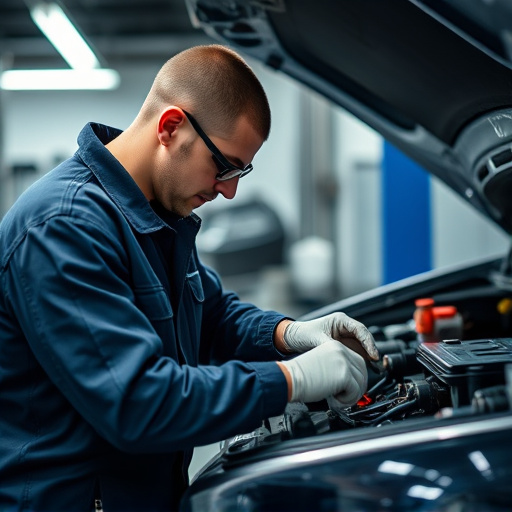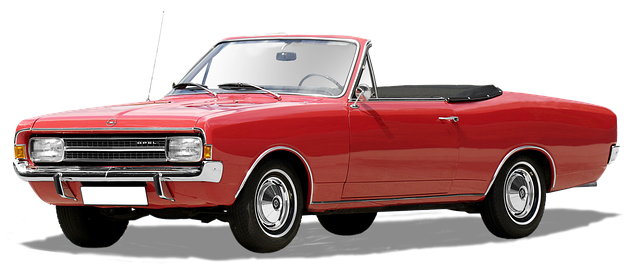Bumper damage repair is a meticulous process that involves assessing and repairing various types of dents, scratches, cracks, and bends. Technicians employ specialized tools, air pressure, and replacement parts to restore bumpers to their original condition. Auto detailing ensures a seamless match with the vehicle's finish, with an increasing emphasis on eco-friendly paints due to the automotive industry's sustainability push. This shift reduces environmental pollution, improves working conditions, and offers economic benefits like longer-lasting repairs and potential insurance discounts.
Bumper damage repair is a common yet daunting task, but advancements in technology have made it more efficient and environmentally friendly. This article delves into the processes behind bumper repairs, with a particular focus on the growing trend of eco-friendly paint options. We explore how these paints not only reduce environmental impact but also offer long-lasting solutions for damaged bumpers. Understanding these benefits is crucial for both consumers and professionals in the automotive repair industry.
- Understanding Bumper Damage Repair Processes
- The Rise of Eco-Friendly Paint in Automotive Repairs
- Benefits and Considerations of Using Eco-Friendly Paints for Bumper Damage Repair
Understanding Bumper Damage Repair Processes

Bumper damage repair is a specialized process that involves meticulous techniques to restore a vehicle’s front or rear bumper to its original condition. The first step in any bumper repair typically starts with an assessment to identify the extent of the damage. This could range from minor dents and scratches to more severe impacts causing cracks, bends, or complete detachment. Once the damage is evaluated, skilled technicians employ various methods for bumper restoration.
Common techniques include using specialized tools for dent removal, where air pressure or precision instruments are applied to smooth out the affected area. For deeper cracks or breaks, replacement parts might be needed, which are then precisely fitted and bonded into place. Throughout the process, auto detailing plays a crucial role in ensuring the repaired bumper matches the vehicle’s overall finish. This involves careful preparation, priming, and painting, often utilizing eco-friendly paint options to minimize environmental impact, aligning with contemporary sustainability practices in the auto industry, alongside essential auto maintenance and glass repair services.
The Rise of Eco-Friendly Paint in Automotive Repairs

In recent years, the automotive industry has witnessed a significant shift towards eco-friendly practices, and this trend extends to even the smallest yet crucial aspects of car maintenance—paint. As concerns about environmental impact grow, so does the demand for sustainable alternatives in bumper damage repair. Traditional paint options often contain harmful chemicals and volatile organic compounds (VOCs), contributing to air pollution during manufacturing and application. This has spurred a movement towards greener solutions, with many auto body shops now offering eco-friendly paint for bumper repairs and vehicle restoration.
Not only do these paints reduce the environmental footprint, but they also provide an array of benefits for both consumers and repair technicians. Eco-friendly paints are typically made from renewable resources and have lower VOC emissions, making them safer for workers and nearby communities. Moreover, many of these products offer excellent durability and a wide range of colors, ensuring that repaired bumpers not only look good but also maintain their integrity over time. This shift towards sustainability in auto glass repair and car body repair is not just a trend but a necessary evolution in the industry.
Benefits and Considerations of Using Eco-Friendly Paints for Bumper Damage Repair

Using eco-friendly paints for bumper damage repair offers a range of benefits that go beyond aesthetic improvements. These paints are formulated to be less harmful to both the environment and human health, making them a safer choice compared to traditional options. They often contain fewer toxic chemicals, reducing air pollution and minimizing the ecological impact during production and disposal. This shift towards eco-friendly practices in auto body services reflects a growing awareness of sustainability and responsibility among car owners and repair shops.
When considering bumper damage repair, opting for these paints can also lead to cost savings in the long run. Eco-friendly paints often have similar durability and quality to their conventional counterparts, ensuring a longer-lasting repair job. Moreover, some insurance companies may offer incentives or discounts when eco-conscious materials are used, further reducing expenses for car scratch repair or fender repair. This makes eco-friendly paints not just a sustainable choice but also a practical one.
In conclusion, bumper damage repair is not only about restoring aesthetics but also embracing sustainable practices. The increasing availability of eco-friendly paint options offers a greener alternative without compromising quality. By choosing these paints, auto repair shops can contribute to environmental conservation while meeting the growing demand for environmentally conscious solutions in the automotive industry.

